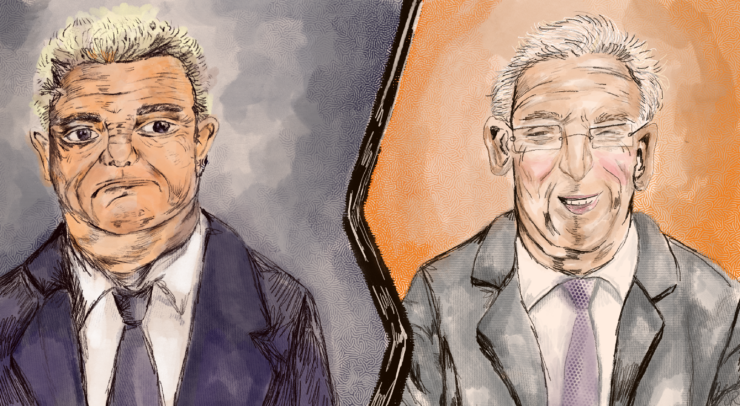Higher incidence of TB, with understaffed hospitals
Photo: Courtesy Deborah Van Dyk
Despite tuberculosis (TB) rates being 50 times higher than the rest of Canada, patients in Nunavut wait anywhere from a week to a month to receive their TB diagnostic test results.
A study done in Iqaluit by University of Ottawa scientist Dr. Gonzalo Alvarez has put a focus on the lack of proper treatment up north.
Alvarez, a respirologist at the Ottawa Hospital, and professor in the Faculty of Medicine, used a DNA test that has been used in other parts of the world, speeding up the diagnostic process.
“Imagine we saw a patient before with active TB … for that person to be able to come into your office and by the next day have a diagnosis and be able to start them on treatment by the next day, is really a significant improvement from where we were before,” said Dr. Alvarez.
Following the publication of the study, the government of Nunavut released a new health budget that includes funding for the implementation and use of the new TB diagnostic technology.
In 2011, when Dr. Alvarez first began the study, the test was not yet approved by Health Canada. Since then, studies on the efficacy of the test have been done in places such as India, China, and Africa. He explained that despite the international success of these studies, there weren’t any publications in Canada to evaluate the procedure.
Dr. Alvarez described the subject of his three-year long study as a TB test based on a polymerase chain reaction, a process that functions to amplify the genetic material within the bacteria to detect the disease.
“We wanted to see if the accuracy was maintained, like the other studies done around the world, and … if there was a patient effect.” The findings were promising.
“We found that it was feasible, that it was accurate, and that the time to initiating treatment really came down,” said Dr. Alvarez. “This test could make a diagnosis and get someone started on treatment by the next day, compared to the standard of therapy which (is) anywhere between next week or next month.”
Receiving these results earlier also helps “break the cycle of transmission,” he said, which in turn limits the spread of disease.
Dr. Alvarez said the study has also garnered a warm reception from the community in Nunavut.
“It’s really important in all the studies that we do that there’s first and foremost interest from the community,” he said. “We like to integrate the community into the design process, the analysis process, and even the interpretation of those results.”
Although Dr. Alvarez said he hopes the TB test will become common practice up north, he noted that there are definite barriers to the procedure’s implementation.
“Without a doubt the barriers are with the infrastructure capacity available, specifically in human resources,” he said. “The North without a doubt is understaffed in many ways, and often one person is doing the job of what 10 people would be doing here in Ottawa.”
Dr. Alvarez did say he is hopeful about the test’s implementation in Northern Canada.





